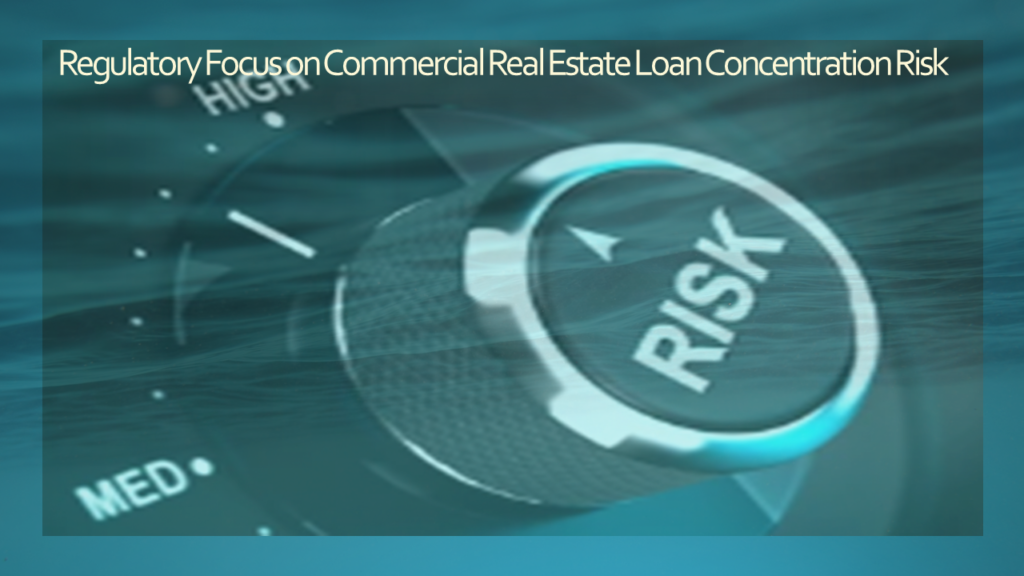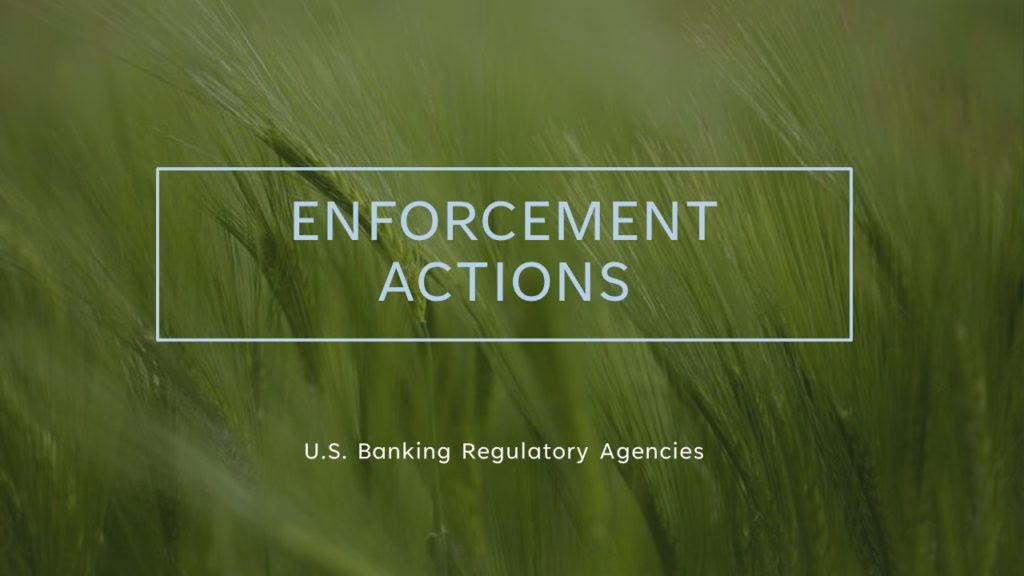January 2024
During recent times, banking regulators have increased their focus on the concentration of loans in the commercial real estate sector. This is due to the fact a high concentration of loans in a specific sector, such as Commercial Real Estate (“CRE”), can pose significant risks to the stability of financial institutions considering that in many instances, the CRE portfolio comprises a sizable portion of the loan portfolio for many banks, especially the regional and smaller community banks.
The issue of CRE concentration in smaller banks was also highlighted by Reuters in October 2023 in an article which mentioned that Citigroup found that the regional and smaller Banks account for 70% of all CRE loans[1]. Earlier, in July 2023, the Federal Reserve Bank of St Louis mentioned that banks with less than $10 Billion in total assets accounted for approximately 50% of all CRE loans[2]. The article also mentioned that examiners carefully review the adequacy of bank’s risk management practices for CRE lending and that they may subject banks to extra scrutiny when total CRE loans exceed 300% of risk-based capital and the portfolio showed significant increases in recent past.
Recently, on December 18, 2023, the FDIC issued a Financial Institution Letter (“FIL”) which contained advisory regarding the importance of strong capital and risk management practices, including appropriate allowances for credit losses, and robust credit risk-management practices including liquidity and funding risks, for institutions with CRE concentrations.[3] The FIL, while recognizing that financial institutions play a critical role in the economic vitality of the communities they serve by providing credit for businesses, often for CRE purposes, reminded that the CRE lending concentrations, combined with weak risk management practices, contributed significantly to past asset quality problems and bank failures.
The FIL mentioned the concerns regarding CRE concentration given the recent weaknesses in the current economic environment and in fundamentals related to various CRE sectors. Noting that the CRE investment property capitalization rates have not been able to keep pace with recent rapid increases in long-term interest rates, and the shift in societal responses to COVID-19 pandemic and reduced in-person working, it expressed concerns including about over-valuation of collateral and increased vacancy, etc.
The Advisory issued in the FIL serves as a helpful resource and while the FDIC acknowledges that this is not new guidance it does update prior guidance relating to risk management practices given the current economic conditions, and the underlying risks associated with CRE loans, and Construction and Development loans. The FIL identifies and discusses the following six risk management areas that can be strengthened to support an institution’s ability to weather the challenges of the current economic environment:
- Maintenance of strong capital levels
- Adequate allowances for credit losses
- Effective CRE loan portfolio management practices
- Maintenance of current loan supporting data both financial and analytical
- Effective loan workout infrastructure
- Adequate liquidity and availability of diverse funding sources
Concerning CRE risk management practices, the Advisory highlights the following areas:
- Policies and Procedures – should be detailed and specific for loan underwriting criteria and approval standards and should include CRE loan concentration lending limits and parameters. In this regard, the Advisory also refers to the safety and soundness and the lending standards specified in Parts 364 and 365 of the FDIC Rules and Regulations and their appendices, respectively.
- Concentration Risk Monitoring – should include reporting on CRE loan concentrations, including those exceeding policy limits, rating changes, and include comparisons over time.
- Information Systems and Reporting – should include relevant data on loan concentration levels, including by loan type, collateral, market segments, location, unused commitments, outdated collateral valuations or financials, underwriting exception, and identify various trends.
- Stress Tests – should include loan level stress tests and sensitivity analysis.
- Loan Risk Rating – should consider the impact of signs of economic deterioration, as applicable.
- Loan Review – frequency should correlate to risk rating determinations.
Conclusion
Sound risk management practices in the current economic conditions will be key for the banks in managing their loan portfolios with high CRE concentrations in the coming months and years especially as loan portfolios reprice and rebalance. The importance of timely receipt and evaluation of current data regarding financials, valuations, etc. also becomes critical in the current environment. Given these macro-economic challenges, banks should reevaluate their CRE risk management practices so that they can better manage and mitigate risks; and be better positioned for the next regulatory examination. It should be kept in mind that properly designed stress testing will also be crucial in providing early warnings for possible adverse impacts on capital, liquidity, collateral valuations, and the Allowance for Credit Losses.
RGS Global Advisors is a leading cost-effective provider of Internal Audit, Risk Management, IT/IS/Cybersecurity and BSA/AML/OFAC Compliance Consultancy services to Financial Institutions.
For further guidance or assistance contact us at: info@RGSGlobalAdvisors.com
[1] https://www.reuters.com/markets/us/banks-report-continued-pain-commercial-real-estate-loans-2023-10-18/
[2] https://www.stlouisfed.org/on-the-economy/2023/jul/commercial-real-estate-stress-poses-challenge-banks
[3] https://www.fdic.gov/news/financial-institution-letters/2023/fil23064.html


